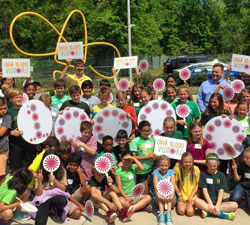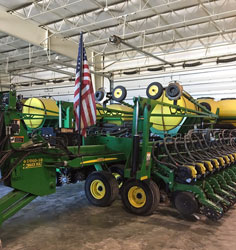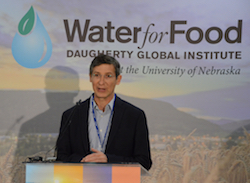 The Bee Care Center in Research Triangle Park, North Carolina celebrated its third anniversary this week by welcoming its 10,000th visitor.
The Bee Care Center in Research Triangle Park, North Carolina celebrated its third anniversary this week by welcoming its 10,000th visitor.
The Bee Care Program invited a group of fourth-graders from a local school to serve as the honorary “10,000th visitors” and everyone had a great time while learning about the role honey bees play in the environment through a hands-on, interactive guided tour and scavenger hunt.
“The Bee Care Center has served as a gathering spot and community outreach arm for pollinator initiatives in the Raleigh area and beyond, and we’re thankful to the many partners and supporters who have joined us to bring this special occasion to fruition,” said Jim Blome, president and CEO of Crop Science, a division of Bayer, who joined the students during the celebration.
“We are incredibly excited to have opened our doors to more than 10,000 pollinator enthusiasts in only our first three years,” said Becky Langer, project manager for the Bayer North American Bee Care Program. “It’s been rewarding to welcome so many different people and know they are leaving with new perceptions and understanding of the roles bees play in our environment.”
The 10,000th visitor milestone was also commemorated with a $10,000 donation from Bayer to Project PLANTS, a Grow For It project from the JC Raulston Arboretum educating students about the science behind horticulture. Bayer has spent more than 30 years researching and developing solutions for the problems honey bees face. Some of this research will be highlighted through a webinar series during National Pollinator Week, June 19-25, 2017.
We were at the Bayer Bee Care grand opening in April 2014 and have the virtual newsroom to prove it! There you can find interviews and audio from that opening day, a video tour, and photos of the center.
Here are interviews that I did with Jim Blome and Becky Langer on opening day.
Interview with Jim Blome, Bayer CropScience
Interview with Dr. Becky Langer, Bayer Bee Care Center
Happy BEE Day to our friends at Bayer!









